
When a factory project is launched, it carries high expectations from the investor: on-time completion, within budget, and operational as scheduled. However, the reality often paints a different picture: construction delays, unexpected costs, and indefinite postponements of key milestones. What's more concerning is that many businesses find themselves in a passive position, unable to pinpoint the cause or assign responsibility when delays occur.
So when a factory construction project falls behind schedule, who is to blame? Is it the factory design firm—responsible for programming the entire project? The construction contractor directly handling the execution? Or is it the investor, the project decision-maker and coordinator? In this article, BIC analyzes the potential causes behind factory construction delays and clarifies the responsibilities of each party involved.
Delays in factory construction are not just a matter of lost time; they signal a domino effect that can directly impact a business's investment effectiveness and production operations. In industrial environments, every day of delay represents a missed opportunity from postponed production line startups to losing supply contracts due to missed delivery timelines.
- Financial costs surge weekly: Extended construction periods compound bank interest, increase project management expenses, and generate unplanned costs (e.g., warehouse rentals, idle staff wages).
- Operational capability and brand credibility suffer: Initial orders often act as tests of production capacity. If a factory fails to operate on time, it may permanently lose the opportunity to join long-term supply chains.
- Legal and contractual risks: Often overlooked, these risks can be substantial. Delays in product handover may trigger penalty clauses, customer complaints, or even litigation.
- Multi-point failure chain: Delays rarely stem from a single cause. More often, they result from a chain of uncontrolled issues: incomplete technical designs, incompetent construction, or weak coordination. Ultimately, the investor bears the consequences.
Controlling timelines isn't just the contractor's responsibility—it starts with the design phase. Every technical detail, layout decision, and drawing delivery deadline directly affects the entire execution chain.
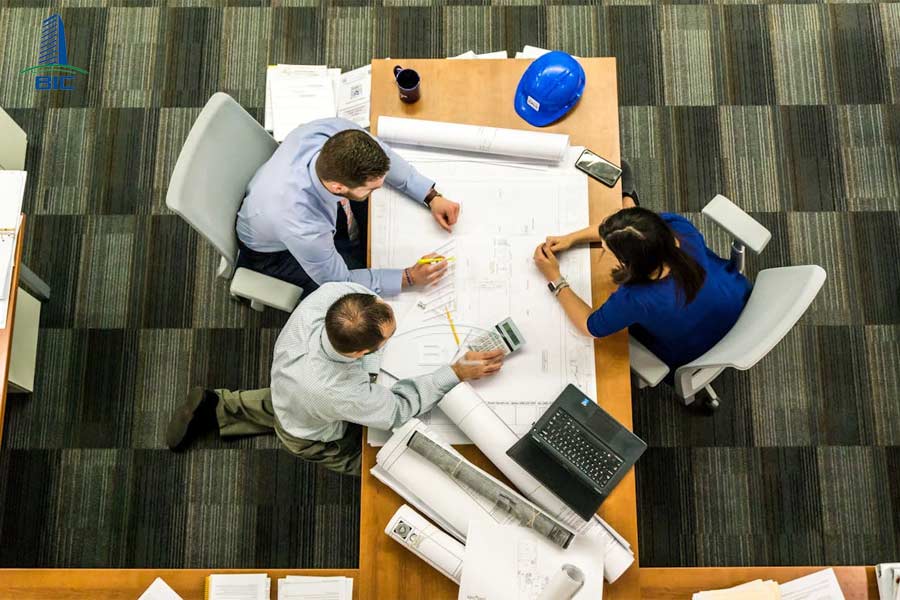
In any industrial construction project, the factory design phase isn’t just the technical beginning, it’s a strategic foundation to ensure a tightly controlled, scientifically managed construction schedule. Incomplete or impractical designs or delayed drawing submissions will disrupt the project chain, leading to uncontrollable construction delays.
All construction processes—from foundation work, steel frame erection, and MEP installation to drainage and fire safety—rely entirely on the design documents. If drawings lack technical detail, have incorrect elevations or dimensions, or are unfit for the actual site, contractors must pause work to await adjustments—wasting both time and money.
A common issue is a lack of coordination between design disciplines: architecture, structure, MEP, fire safety, wastewater treatment, etc. Conflicts arise on-site when completing section A reveals incompatibilities with section B, requiring demolition and rework. Such scenarios seriously disrupt progress and derail initial timelines.
A quality factory design must include detailed specifications across all components from steel structures and load-bearing concrete flooring to ventilation systems and stormwater drainage. Clear plans allow contractors to estimate quantities, procure materials, and execute construction without technical setbacks.
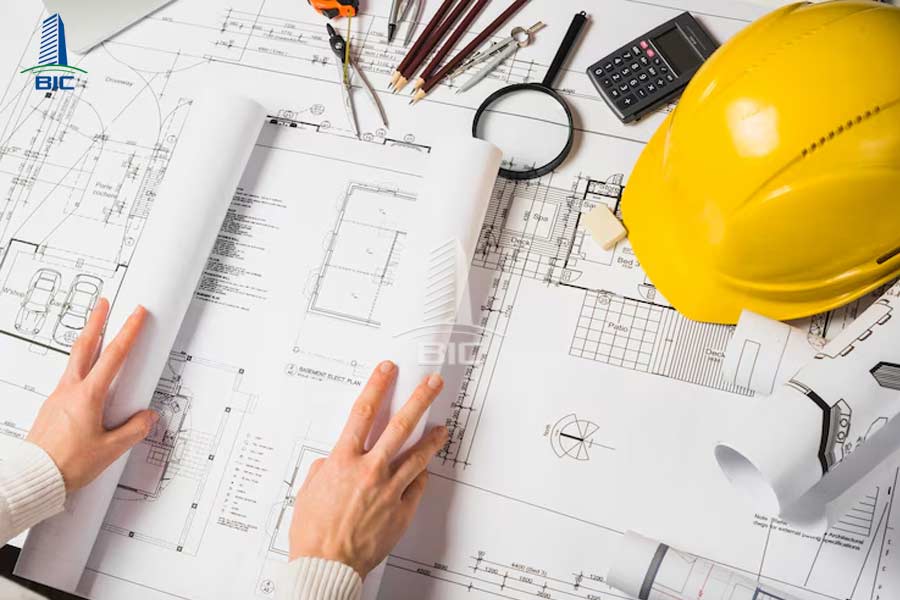
Many projects are delayed simply because construction-ready drawings aren’t delivered on time. The investor may have signed with the contractor but lacks complete documentation. This stalls on-site mobilization, prevents labor deployment, and delays equipment arrival—while costs still accrue daily.
Therefore, factory design is not just a technical task—it’s the operational plan for the entire project. Rushing through this stage or treating it lightly is a surefire path to delays, added costs, and cascading risks.
Delays in factory construction are rarely surprises. Instead, they result from a combination of subjective and objective factors. Understanding each cause helps investors identify bottlenecks and proactively mitigate risks from the very start. Key contributing groups include:
Often underestimated, design-related issues can have a wide-reaching domino effect on the construction schedule.
- Drawings lacking detail or technical accuracy: Incomplete or outdated designs force contractors to pause and seek clarifications or corrections.
- Designs not tailored to actual site conditions: Poor site surveys or lack of consideration for local geology and infrastructure may render a design unworkable in practice.
- Delayed delivery of construction drawings: Without official plans, contractors cannot proceed, leading to idle time and missed milestones.
Even with quality designs, construction delays can arise from the contractor’s poor project management.
- Weak site management: Improper allocation of personnel and equipment, and inability to track milestones.
- Inefficient material handling: Delays in material deliveries, poor quality, or insufficient quantities.
- Misinterpretation of drawings: Inaccurate understanding of design leads to errors and costly rework.
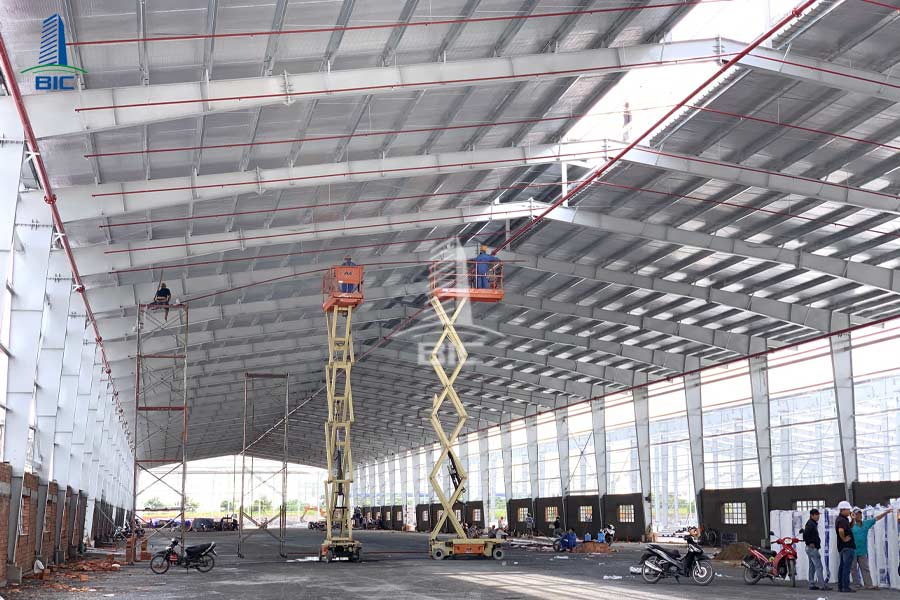
Though seen as supervisors, investors can be the root cause of delays if project governance is lacking.
- Mid-project design changes: Adjustments to functions, layout, or structure require redesign and construction modifications.
- Delays in approvals or payments: Projects stall due to slow internal procedures or funding blockages.
- Lack of a coordination plan: Without a synchronization strategy between design, construction, and supervision, schedule conflicts arise.
Some uncontrollable elements can still significantly impact the schedule:
- Prolonged bad weather: Storms and floods can halt all site activity.
- Delays in legal procedures: Permits, fire safety reviews, and environmental assessments can slow progress.
- Material and labor shortages: Sudden spikes in input costs or skilled labor scarcity disrupt procurement and deployment.
Delays often result from cumulative uncontrolled factors. To manage schedules effectively, investors need a comprehensive plan and clear delineation of responsibilities from the outset.
Factory construction delays can be prevented if risks are proactively managed from the design stage. This phase sets the technical and functional foundation of the entire project—doing it right can save hundreds of millions of VND and weeks of schedule. Key principles include:
Not every design company is capable of handling industrial facilities—especially those requiring standards like GMP, HACCP, ISO, or LEED. Choose firms with:
- Experience in similar factory types.
- Integrated capabilities across architecture, structure, MEP, fire safety.
- Engineers familiar with legal codes and real-world construction.
A specialized firm will not just draft drawings but also propose practical, schedule-aligned, production-compatible layouts.
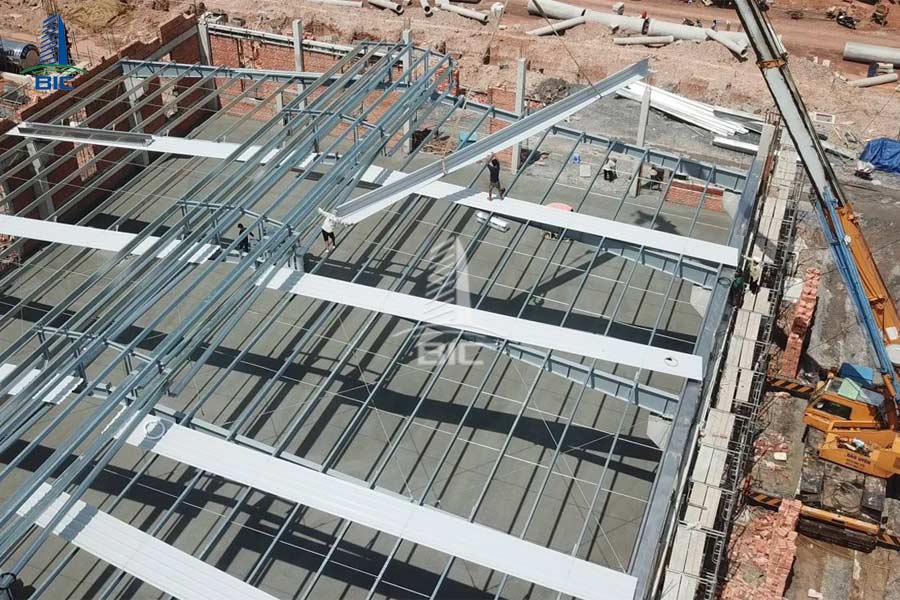
Design documentation must include all key elements for smooth implementation:
- Master plan drawings: Logical functional zoning and traffic optimization.
- Architectural & structural drawings: Clear with full technical data.
- MEP system plans: Covering electrical, plumbing, lighting, ventilation, drainage, fire safety.
- No conflict between disciplines.
Coordinated designs not only shorten construction time but also reduce errors and future rework.
Contracts with design firms should include:
- Delivery deadlines for each design stage (concept – technical – construction).
- Penalty clauses for delays or errors.
- Commitment to support the contractor with technical clarifications.
This enforces accountability and enables timeline control from the outset.
Many projects fail because teams don’t collaborate until problems occur. Organize tri-party technical meetings during the design phase to:
- Clarify real-world construction needs.
- Validate design feasibility against site conditions.
- Prepare early material plans and construction methods.
This leads to more realistic designs and avoids conflicts later.
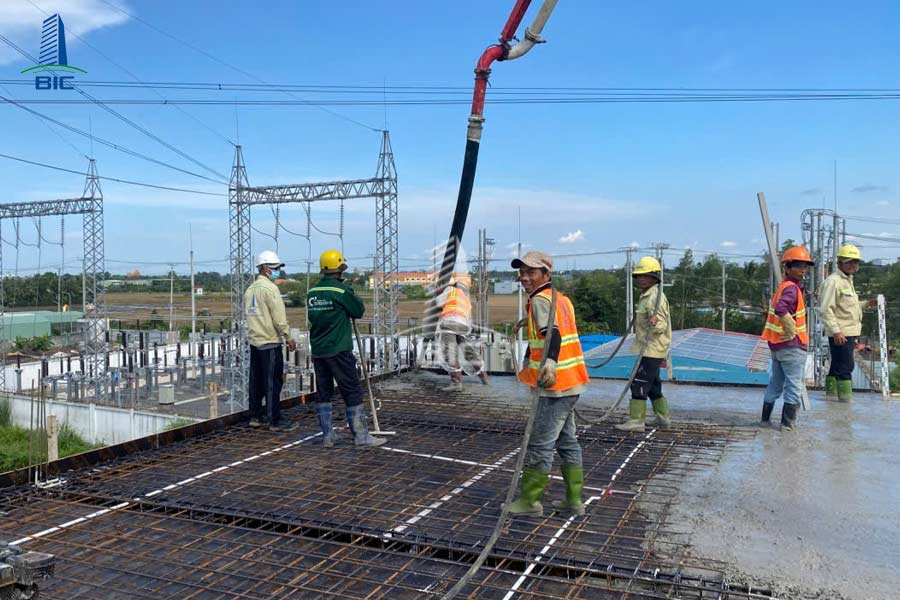
Industrial building standards, fire safety, and environmental regulations evolve constantly. Outdated designs can be denied permits or require redesign—causing delays.
- Ensure compliance with QCVN, TCVN, NFPA, ISO, etc.
- Prepare backup options for site layout, structures, and infrastructure.
Factory design is planning for the building’s entire lifecycle. Serious investment in this stage both technically and contractually helps investors avoid delay risks altogether.
Factory construction delays aren’t just technical mishaps or bad luck, they reflect accumulated weaknesses: sloppy designs, poor construction practices, and uncoordinated teamwork. A complete, accurate, and synchronized design executed by an experienced firm with schedule commitments empowers investors to control the project from start to finish.
Schedule equals hidden profits. If you want your factory to operate on time and generate returns as planned, it all begins with choosing the right factory design partner because that’s where the entire timeline starts. Contact BIC for a successful collaboration!